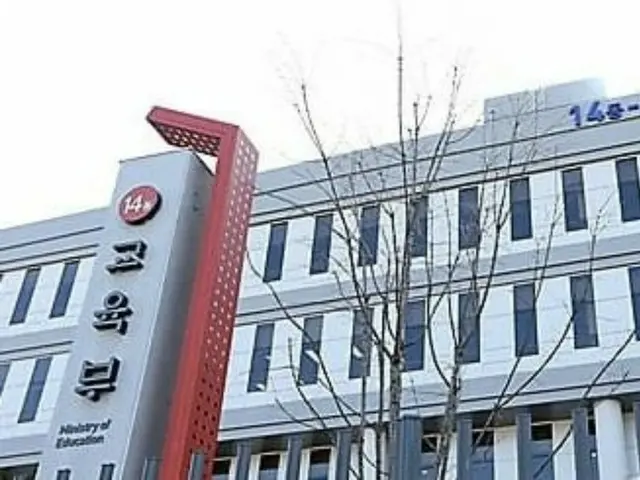The number of people fell below 400,000 for the first time at 69,441. The Ministry of Education announced on the 26th, ``As of the 20th of this month, we have found that there are 157 elementary schools nationwide that do not have any children scheduled to enroll in the new term in March.''
I made it. This figure includes all students who received deferrals from the previous year's attendance requirements, early admission applicants, and foreign students. Chollabukdo (Jollabuk-do) is the 3rd elementary school with no enrolled children by region.
The largest number of schools were 4 schools (including 2 closed schools), 27 schools in Gyeongsangbuk-do, 25 schools in Gangwon-do, 20 schools in Jeollanam-do, and 20 schools in Chungcheongnam-do (South Chungcheong-do).
) 14 schools, 12 schools in Gyeongsangnamdo (South Gyeongsang Province), and 8 schools in Chungcheongbukdo (North Chungcheong Province). This was followed by five schools in Incheon, Gyeonggi-do and Jeju-do.
4 schools each in Provincial Highways, 3 schools in Daegu, and 1 school in Busan. Cities and provinces that do not have a single elementary school with no enrolled children include Seoul, Gwangju, Daejeon, and Ul.
All of these areas, such as Ulsan and Sejong, were cities. Furthermore, according to the Ministry of Education, a total of 369,441 first-year elementary school students were called up for preparatory classes this year.
Last year (as of April 1st), the number of first-grade elementary school students was 401,752, barely exceeding the 400,000 level, but as the school-age population is decreasing due to the declining birthrate, this year's number is 401,752.
It wasn't enough people. Prior to this, the Korea Educational Development Institute (KEDI) announced that the number of first-year elementary school students will decrease to 319,935 next year, and 2
It was predicted that the number would drop to 290,686 by 2026.
2024/02/26 20:48 KST
Copyrights(C) Herald wowkorea.jp 83

